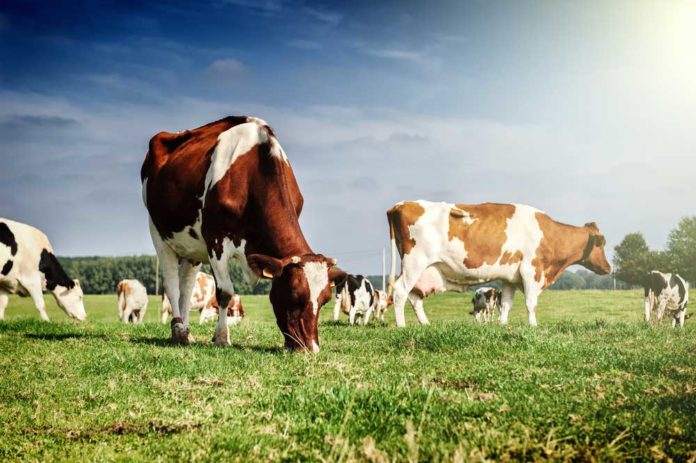Although it is important to consider the nutritional value of the foods we choose to eat, the diets of the actual food source should not be discounted. Because in reality, the diets of animals can impact the nutrients we are obtaining in our diets. So when it comes down to attaining protein from grass-fed whey versus regular whey, what disparities lie between the two and which one offers the greatest benefit to health?
What Is Whey Protein?
Before jumping into the differentiation between grass-fed whey vs. regular whey, it is commendable to determine what whey actually is. Whey is one of the two milk proteins, casein being the other, and comprises 20 percent of milk content (casein comprising the 80 percent remainder). Each are considered to be complete proteins and supplies the essential amino acids that must be obtained through the diet, as they cannot be produced in the body. On the contrary, whey protein is promoted to be “fast-acting” and shown to foster protein synthesis within an hour of intake, whereas casein in “slow-acting” and demonstrates a slow and steady flow of amino acids advocated to dramatically slow down the rate of protein breakdown. Whey protein is also further broken down into two primary forms, whey protein concentrate and isolate. Concentrate is formed when the liquid portion of the milk is extracted and dried, ultimately providing between 30 to 80 percent of protein with varying amounts of fat and carb dependent on protein volume. Isolate is essentially a purer form of whey and is comprised with at least 90 percent of protein, though the purification process may cause valuable nutrients to be lost in translation.
Grass-Fed Whey vs. Regular Whey Protein
So when it comes to grass-fed whey vs. regular whey protein, the highlight is based on the feeding technique presented to the cattle. Most ruminants feed on grains of soy or corn and generally injected with antibiotics and steroids to increase growth rates and expend greater product volume. But on the contrary, grass-fed cattle graze on the land, mostly consuming a more natural diet that in turns offers essential health benefits to their consumers. Researchers have shown grass-fed cattle produce products richer in polyunsaturated fats (PUFAs), omega-3 fatty acids, and conjugated linoleic acid (CLA) along with B vitamins, vitamin E, calcium, magnesium, and potassium. And compared to grain or corn fed animals, which are mostly rich in pro-inflammatory omega-6 fatty acids, the powerful properties of omega-3 fatty acids have been implied to reduce the risk of heart disease and even dementia. Ultimately, choosing grass-fed whey protein not only contributes to adequate protein supply, but offers healthful fats and nutrients shown to facilitate weight loss, boost the immune system, and reduce the risk of chronic diseases.






